
Secretary for Transport and Logistics

June 21, 2025
The global trade landscape is changing rapidly, and Hong Kong is more vulnerable as a small, externally oriented economy. Challenges are no stranger to Hong Kong’s port and logistics industry and we have never stopped equipping ourselves to stay on top of things. We have launched several new initiatives, visited Chengdu and Chongqing with members of the Hong Kong Logistics Development Council (LOGSCOUNCIL) during last month or so, we have also visited Shanghai earlier this week to explore market opportunities. Besides, we have released the "Roadmap for ESG Development for Logistics Industry"; actively promoting the use of green maritime fuel bunkering; and held a launch ceremony for the "Port Community System” (PCS). These efforts reflect the multi-pronged strategy of proactively exploring new sources of cargo while strengthening our capabilities—both crucial for enhancing the competitiveness of the shipping and logistics sector.
Join hands with Mainland cities to venture into the global market
In early June, I visited Sichuan’s Chengdu and Chongqing with a delegation from the LOGSCOUNCIL. This trip continued our earlier efforts in Guangxi, aimed at helping the Hong Kong logistics sector tap into the virgin market of cargo hinterlands in the inland region of central and western China.
Sichuan is a "pacesetter" for development in China's western regions, and Chengdu Tianfu International Airport is the largest international express logistics hub for China Post in the west. The Sichuan Port and Shipping Investment Group is actively advancing the development of five major fronts in constructing "logistics and trade ports", "hub ports", "industrial ports", "digital intelligence ports" as well as "financial ports". The digital platform being constructed locally will enhance transparency of the logistics supply chain between Sichuan and Hong Kong, facilitating trade finance and aligning with Hong Kong’s digital transformation in shipping and logistics, highlighting the significant potential for collaboration.
Hong Kong has a deep-rooted partnership with Chongqing, being its largest source of foreign investment and its second-largest trading partner. I was pleased to see many members of the Hong Kong delegation introducing Hong Kong's advantages at the thematic forums of the Hong Kong-Chongqing logistics sector co-operation seminar. By having industry leaders who are at the forefront of the logistics sector sharing Hong Kong's services with mainland counterparts, we can explore collaborative opportunities that will undoubtedly expand our shipping logistics network and open more doors to cargo sources.
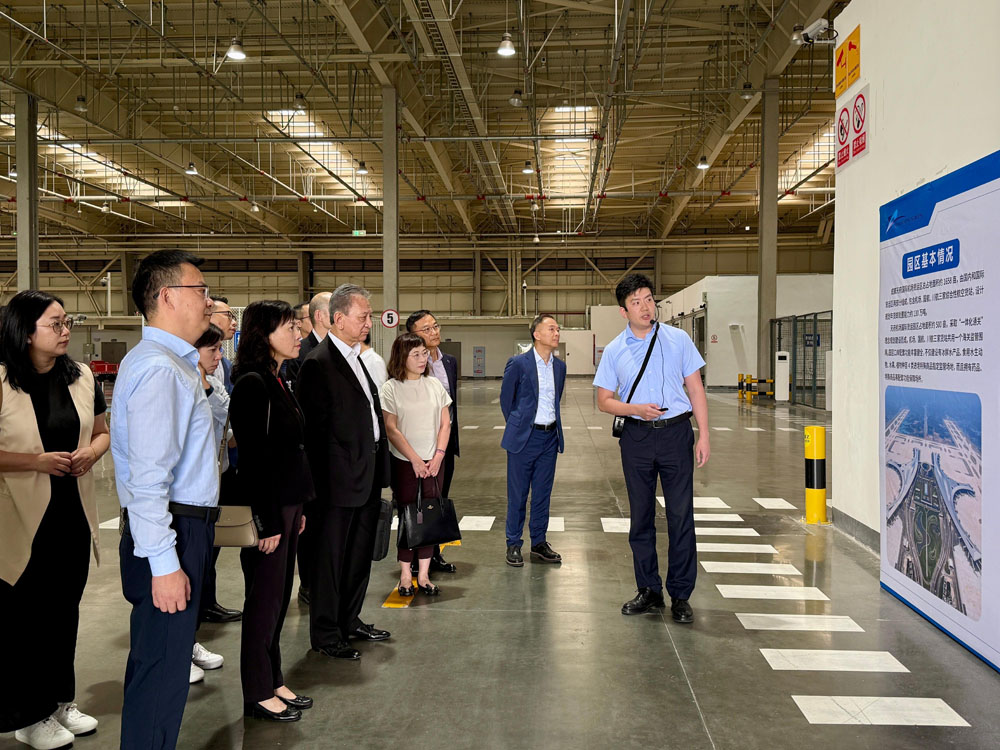
The LOGSCOUNCIL delegation visited the cargo area of Chengdu Tianfu International Airport.
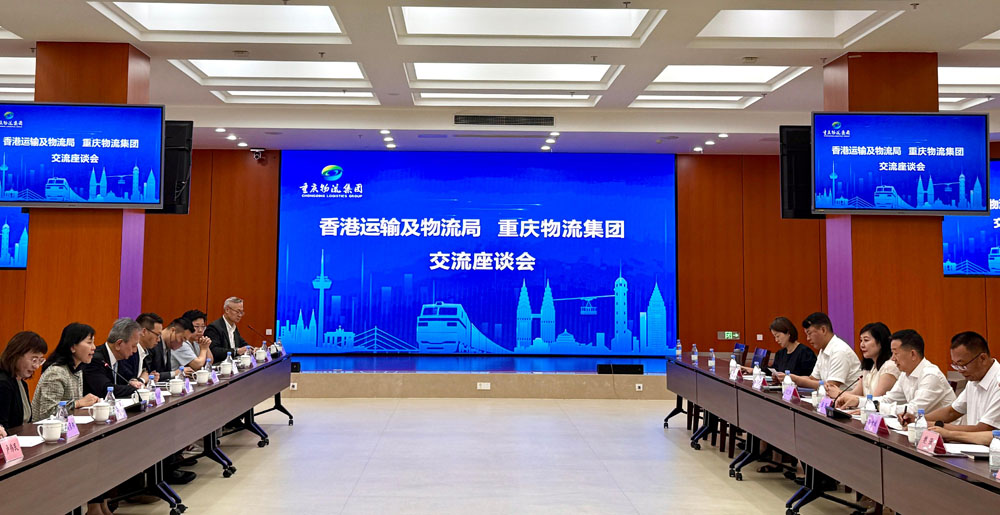
The LOGSCOUNCIL delegation met with representatives from Chongqing's transportation and logistics enterprises.
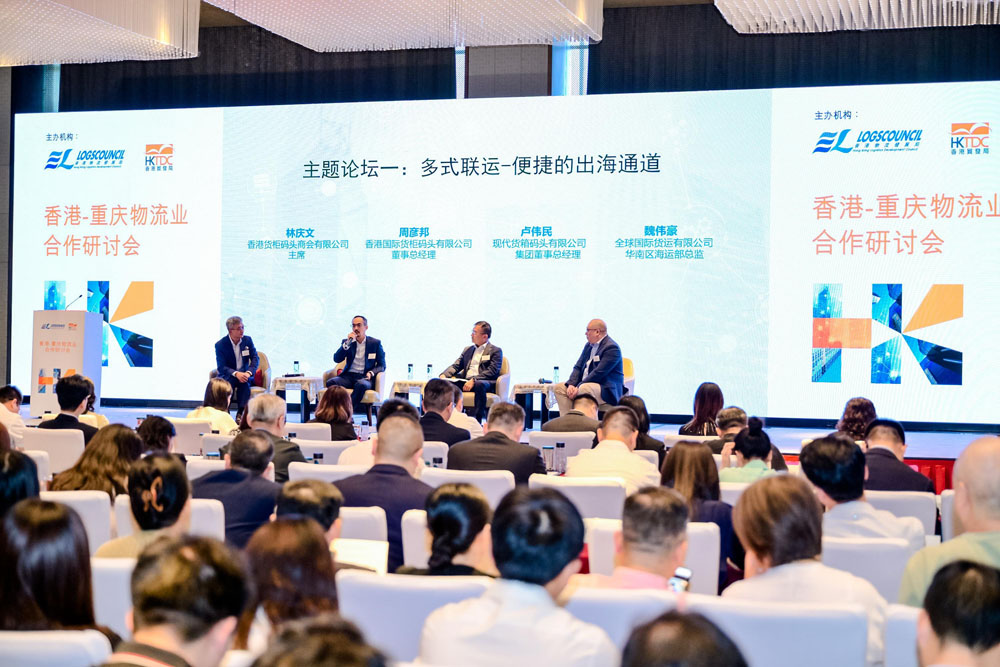
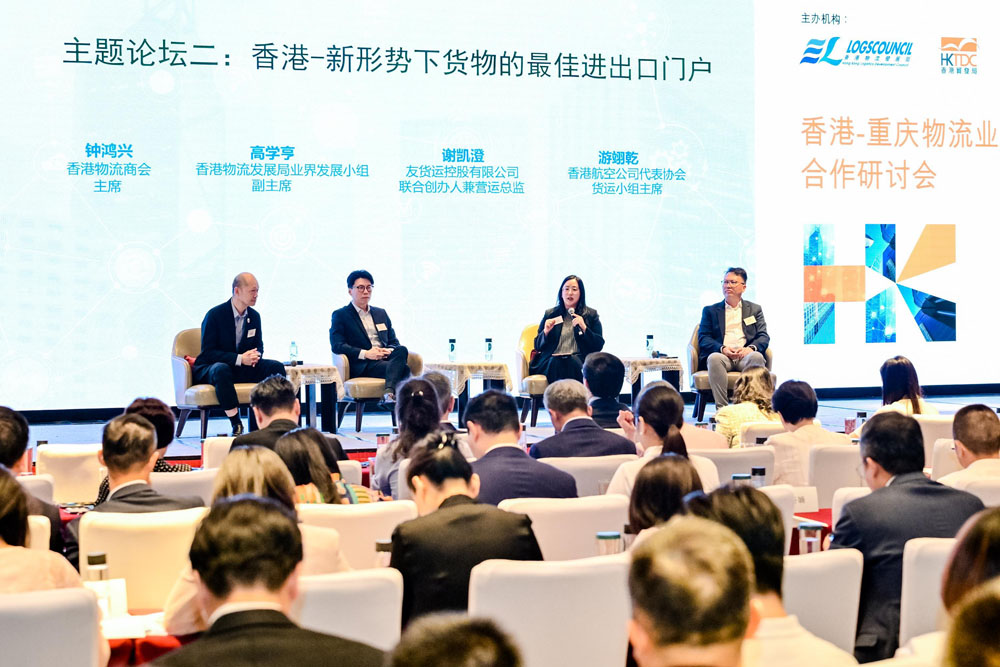
Representatives from Hong Kong's logistics sector participated in the thematic forums of the Hong Kong-Chongqing Logistics Cooperation Seminar.
Earlier this week, I also visited Shanghai, where I observed the operations at Yangshan Port and met with local industry peers. I was particularly impressed by the automated operations at Yangshan Port. Observing remote operators in the control centre made me realise the many possibilities that port automation can bring. I am very grateful to the local industry for sharing their valuable experiences, which will certainly help us advance Hong Kong's port towards a smart port.
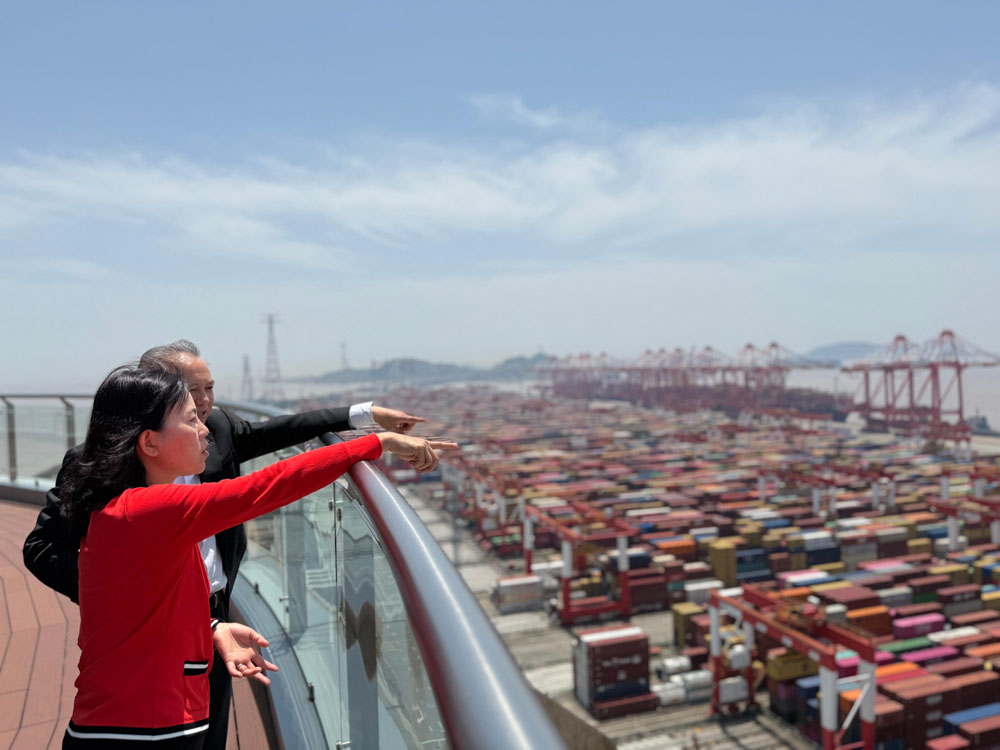
I visited Shanghai earlier this week to observe the automated operations at Yangshan Port and meet with local industry peers.
Hong Kong’s first successful LNG bunkering with simultaneous cargo operation
During my visit to Chongqing, Hong Kong successfully completed its first simultaneous liquefied natural gas (LNG) bunkering and cargo operation at a local container terminal, marking another milestone for green maritime fuel bunkering in Hong Kong. Hong Kong is the largest traditional maritime fuel bunkering centre in the Guangdong-Hong Kong-Macao Greater Bay Area, the second largest in the country, and the seventh largest globally, boasting extensive experience and a solid foundation in this area. This operation allowed the container ship to complete loading/unloading and bunkering within 24 hours, using environmentally friendly LNG that helps reduce carbon emissions. This demonstrates that Hong Kong's port is not only offers flexibility and efficiency but also capable of handling complex green maritime fuel bunkering operations. I would also like to share that we will deepen our cooperation with relevant mainland authorities on green maritime fuels next week by co-hosting an event organised by the Trade Development Bureau of the Ministry of Commerce of the People's Republic of China, bringing together enterprises related to green energy from the mainland and Hong Kong's maritime industry. This will provide a platform for networking and business collaboration for suppliers and demand-side enterprises in green maritime fuels. I hope to continue pushing Hong Kong to become a centre for green maritime fuel bunkering and trading, making it the preferred choice for international liner companies, cargo owners, and the market, as well as a window for the export of domestically produced green maritime fuels.
Roadmap for ESG Development for Logistics Industry
In addition to expanding cargo sources for the port logistics industry, we are also helping local logistics companies strengthen their capabilities. "Environmental, Social, and Governance" (ESG) is a global trend and the European Union has mandated that companies disclose ESG information across their entire supply chains starting this year, while mainland China is formulating ESG disclosure standards that aim to cover all enterprises, including SMEs, by 2030. Many companies in the United States are also including ESG compliance requirements in their procurement contracts. These three markets collectively account for 60% of Hong Kong's merchandise trade.
Assisting enterprises, particularly SMEs, in staying attuned to market trends is precisely the goal of our "Roadmap for ESG Development for Logistics Industry". This roadmap covers the period from 2025 to 2027 and is divided into three phases, allowing companies to gradually build their ESG "skills”. In the first phase, we aim to raise awareness of ESG principles and international ESG requirements among enterprises; the second phase focuses on enhancing the ability of logistics SMEs to collect and record logistics ESG data; and by the third phase, we hope to assist logistics SMEs in preparing to compile ESG reports. Upon completing these three phases, logistics SMEs will accumulate sufficient capabilities to meet the most stringent international ESG disclosure requirements.
Having the right approach is essential, but appropriate tools are also needed. We will launch an ESG data collection tool within this year to facilitate logistics SMEs in effectively collecting and recording the logistics ESG data required for compliance with international ESG disclosure standards. Details will be available at ourESG resource centre.
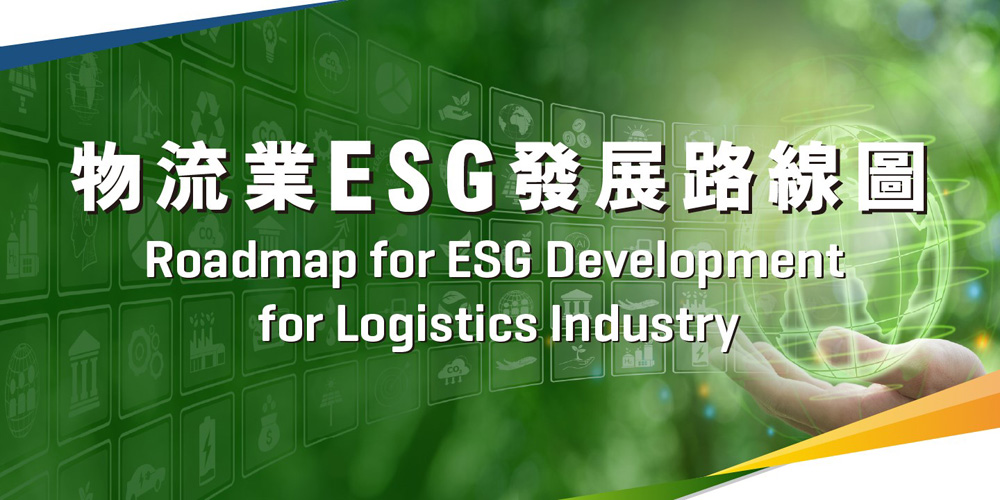
Leveraging port digital infrastructure to drive multimodal transport and connectivity
Another significant tool in our port development is the "Port Community System" (PCS), which we launched last month. The PCS, which we aimed to roll at by the end of 2025, connects logistics information on sea, land, and air cargo transport in Hong Kong, in conjunction with Hong Kong's comprehensive multimodal transport network, to make the cargo delivery process fully transparent, promote fast and accurate logistics operations. This is indeed a major step forward in our port's digital infrastructure.
The PCS, as a one-stop platform, can "internally connect" all relevant units in the local logistics supply chain and "externally link" with domestic and international ports, as well as global shipping commercial data platforms, keeping us at the core of the digital shipping world. We have already signed a Memorandum of Understanding with the Guangdong e-Port Management Company Limited, facilitating system connectivity with the "One-Data-Multiple-Declarations" functionality provided by the China International Trade Single Window, and developing more features to simplify customs processes, such as pre-filling shipping manifests for vessels entering Greater Bay Area ports. We will also continue to strengthen collaboration with ports across the mainland.
At the launch ceremony for the PCS, we signed an MoU with the Guangdong e-Port
As the saying goes, "Adversity reveals strength”, the international maritime logistics is fiercely competitive, and increasing global uncertainties make the road ahead even more challenging. However, Hong Kong's transport and logistics industry remains resilient and constantly innovating. Despite the ebb and flow of challenges, I believe that as long as we work hand in hand with the industry, we will emerge stronger than ever.